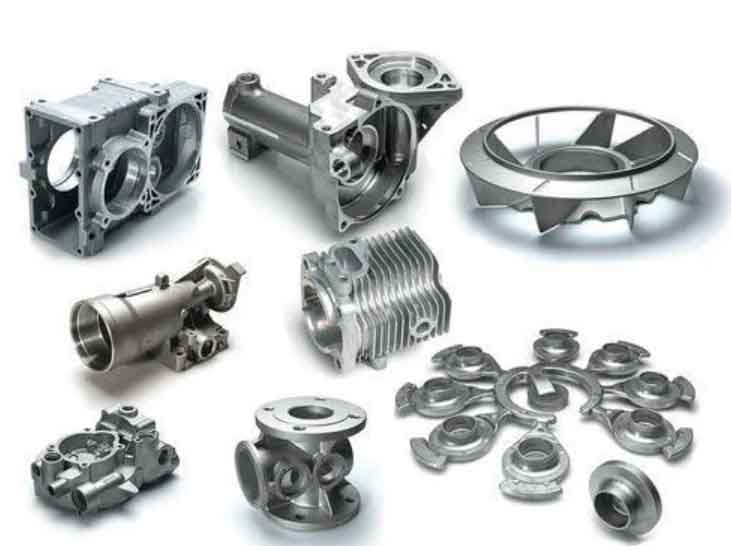
Grey cast iron has had a significant presence in the automotive industry throughout its history, from its early adoption in engine components to its continued use in modern vehicles. Let’s explore the past, present, and potential future roles of grey cast iron in the automotive sector:
Past (Early 20th Century to Mid-20th Century):
- Engine Blocks: Grey cast iron was widely used for manufacturing engine blocks due to its excellent thermal conductivity, ease of casting, and cost-effectiveness. It provided the necessary strength and durability to handle the high temperatures and mechanical stresses experienced in engine operation.
- Cylinder Heads: Grey cast iron cylinder heads were common in older engines. They offered good wear resistance and heat dissipation, contributing to engine performance and longevity.
- Brake Components: Grey cast iron was used for brake rotors and drums in early vehicles. Its ability to dissipate heat and provide consistent braking performance made it an ideal material for braking systems.
Present (Late 20th Century to Current):
- Engine Blocks: While aluminum and other lightweight materials have gained popularity in engine block construction, grey cast iron is still used in certain applications, especially in larger, heavy-duty engines where its thermal properties and cost advantages are preferred.
- Brake Components: Grey cast iron remains a dominant material for brake rotors and drums in many vehicles. Its ability to handle high temperatures and provide stable braking performance makes it suitable for a wide range of automotive applications.
- Exhaust Manifolds: Grey cast iron is commonly used for exhaust manifolds due to its resistance to thermal cycling and corrosion.
Future (Potential Trends and Innovations):
- Lightweighting: As the automotive industry continues to pursue lightweighting for improved fuel efficiency and reduced emissions, grey cast iron may be replaced by lighter materials in certain applications. However, it is still likely to be used in specific components where weight reduction is not a primary concern.
- Advanced Casting Techniques: Advancements in casting technologies may lead to improved casting processes and the development of new grey cast iron alloys with enhanced properties, further optimizing its performance in automotive applications.
- Sustainable Casting Practices: Foundries may adopt more sustainable practices, including using recycled materials and reducing energy consumption during casting processes, to enhance the environmental impact of grey cast iron components in the automotive industry.
While the use of grey cast iron in the automotive industry has evolved, it continues to be relevant due to its advantageous properties and cost-effectiveness. The material’s future in the automotive sector will likely be influenced by ongoing developments in materials science, manufacturing technologies, and the industry’s sustainability goals.
